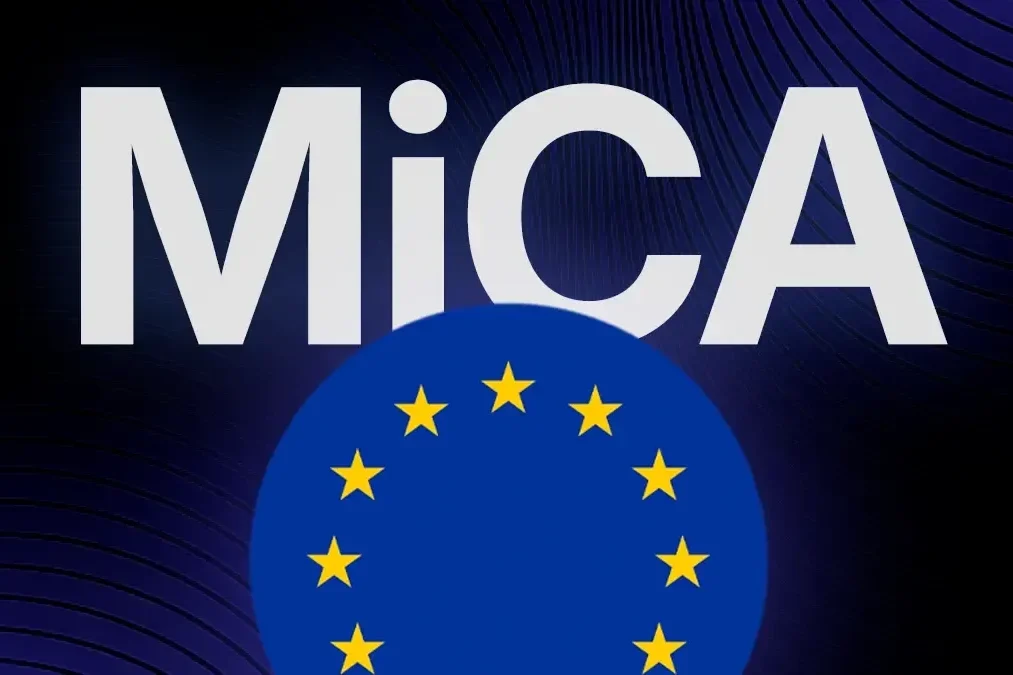After years of uncertainty, cryptocurrency regulation is finally catching up with innovation — and reshaping the global financial landscape in the process.
The United States and Europe, once seen as cautious observers of the crypto revolution, are now taking decisive steps to define how digital assets will function in the mainstream economy.
For investors, startups, and financial institutions, this new regulatory era represents both a challenge and an opportunity. The rules being written today will determine how — and where — the next generation of blockchain innovation happens.
The Turning Point for Crypto Regulation
The crypto market’s early years were marked by explosive growth and frequent scandal. From the collapse of FTX to massive token scams and market manipulation, regulators across the globe have been forced to step in to protect investors and restore trust.
By 2025, both the U.S. and the European Union have moved from debate to action. New frameworks are being implemented that could finally give digital assets the legal clarity they’ve long lacked — but they’re also introducing stricter compliance requirements than ever before.
“We’re witnessing the normalization of crypto,” says Dr. Alan Weiss, policy advisor at the European Central Bank. “It’s moving from a speculative playground into a regulated financial system — and that’s essential for long-term stability.”
The U.S. Approach: Regulation by Integration
For years, the United States struggled with regulatory fragmentation.
Multiple agencies — the SEC, CFTC, and FinCEN — claimed overlapping authority, creating confusion about whether cryptocurrencies were securities, commodities, or something else entirely.
In 2024, after months of hearings, the Digital Asset Market Structure Act (DAMSA) was introduced in Congress. The bill, which gained bipartisan support, aims to define which tokens qualify as securities versus commodities and establish clearer rules for exchanges and stablecoin issuers.

Key U.S. Developments:
- Stablecoin Framework: The “Stablecoin Clarity Act” introduced licensing for issuers, requiring them to maintain 1:1 reserves in U.S. Treasury assets.
- Exchange Oversight: Major exchanges are now required to register with both the SEC and CFTC, ensuring greater transparency and customer protection.
- Tax Guidance: The IRS has updated its policies, making it easier for individuals to report crypto income and capital gains.
These laws mark a significant step toward institutional acceptance.
Wall Street giants like BlackRock and Fidelity — already active with Bitcoin ETFs — now operate in a clearer legal environment, paving the way for broader adoption of digital assets in retirement and mutual funds.
You can learn more about how ETFs are shaping crypto investing in our article “The Age of Crypto ETFs Heats Up: What Small Investors Should Know.”
Europe’s Bold Step: MiCA and Beyond
While the U.S. has moved cautiously, Europe has leapt forward.
In mid-2024, the European Union officially enacted the Markets in Crypto-Assets Regulation (MiCA), a sweeping legislative framework covering everything from token issuance to exchange operations and consumer protections.
MiCA is designed around one goal: harmonization.
Instead of each EU country having its own crypto rules, the regulation creates a single market standard, allowing licensed firms to operate across all 27 member states.

Key European Highlights:
- Licensing & Supervision: All crypto service providers (exchanges, wallets, brokers) must register with their national financial authority.
- Stablecoin Controls: Large issuers must prove reserve transparency and may face transaction limits to prevent systemic risk.
- Consumer Protection: Firms must disclose all investment risks clearly and maintain strict cybersecurity standards.
Beyond MiCA, the EU is now developing a tokenized securities framework, which could integrate blockchain directly into Europe’s traditional capital markets.
“The goal is to bring digital assets under the same umbrella of trust as traditional finance,” says Sophie Leclerc, Head of Digital Policy at France’s AMF regulator. “Crypto should not be a parallel system — it should be part of the financial mainstream.”
Two Philosophies, One Direction
The U.S. and Europe are taking different paths toward the same destination: transparency and accountability in digital finance.
- The U.S. model focuses on integrating crypto into existing financial laws — effectively treating it as a new asset class.
- The European model builds a dedicated legal framework for digital assets from the ground up.
Both approaches share one key belief: regulation will attract institutional capital.
Without clear rules, large funds and pension institutions have avoided crypto altogether. With them, they can finally participate confidently — leading to greater liquidity and market maturity.
The Impact on Exchanges and Startups
Crypto exchanges, wallets, and DeFi projects are feeling the impact most directly.
In the U.S., Know-Your-Customer (KYC) and anti-money-laundering (AML) compliance has become mandatory for all registered platforms. Startups are spending more on legal teams and cybersecurity, but they’re also benefiting from newfound legitimacy.
In Europe, MiCA has forced smaller crypto startups to either comply or consolidate. While some have exited the market due to regulatory costs, others are merging or partnering with traditional financial institutions to survive.
Ironically, this wave of regulation might end up professionalizing the industry more than any previous innovation cycle.
Innovation Under Oversight
Critics argue that excessive regulation could stifle innovation, especially in DeFi and Web3 projects. Developers worry that rigid rules will push creativity out of the EU and U.S. toward less-regulated markets like Dubai or Singapore.
However, regulators insist that clear frameworks will do the opposite — encourage responsible innovation by defining the boundaries of legality.
Already, major European banks are launching tokenized bond pilots under the new regime, and several U.S. fintechs are developing compliant DeFi lending platforms that report directly to regulators.
The line between traditional finance (TradFi) and decentralized finance (DeFi) is blurring fast — and regulation is accelerating that convergence.
What It Means for Investors
For the everyday investor, the new rules bring greater safety and transparency.
Licensed exchanges will have to disclose how they hold assets, and fraud protections are improving.
Meanwhile, regulated stablecoins — backed by real assets — could soon replace risky offshore alternatives.
But there’s a trade-off: less anonymity, more accountability.
Privacy advocates warn that heavy KYC requirements may erode one of crypto’s founding ideals. Still, for mainstream adoption, these changes might be the price of progress.
Conclusion: The Road to a Mature Crypto Economy
The crypto world is growing up.
Regulators are no longer trying to shut it down — they’re trying to shape it into something sustainable.
The U.S. and Europe are proving that digital assets can coexist with traditional finance — not as an outsider, but as an evolution.
This new era of compliance, licensing, and transparency could finally unlock the trillion-dollar potential of blockchain technology.
And while some innovation may slow in the short term, in the long term, these foundations will allow crypto to become what it was always meant to be: a trusted pillar of the global economy.
